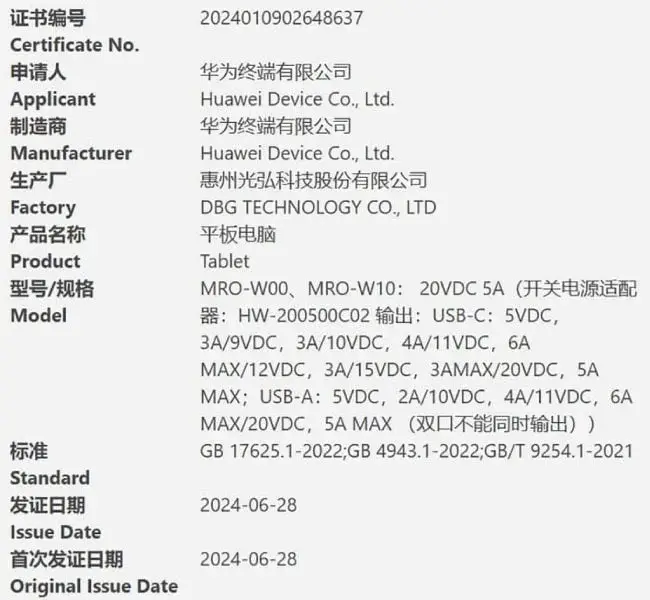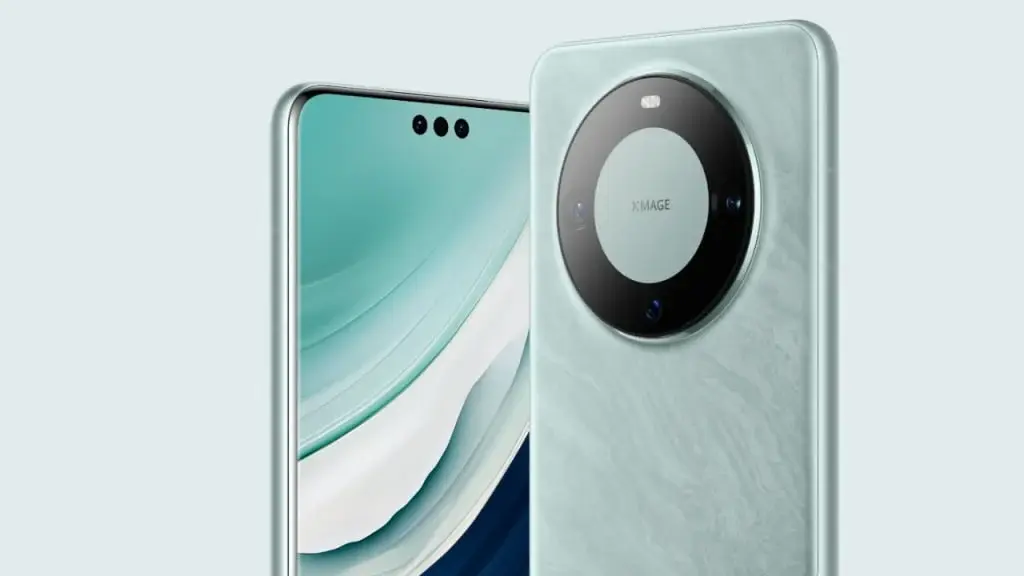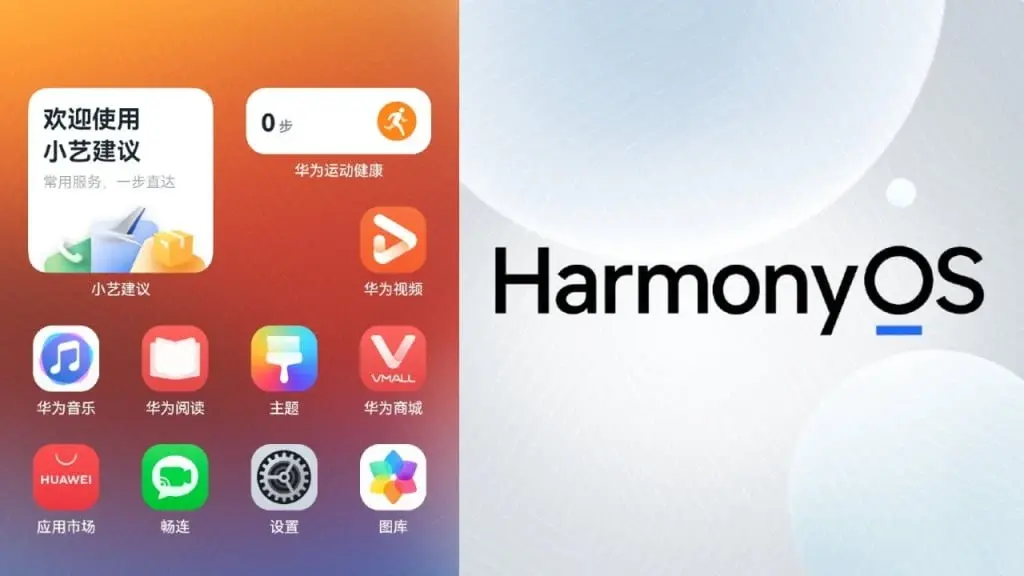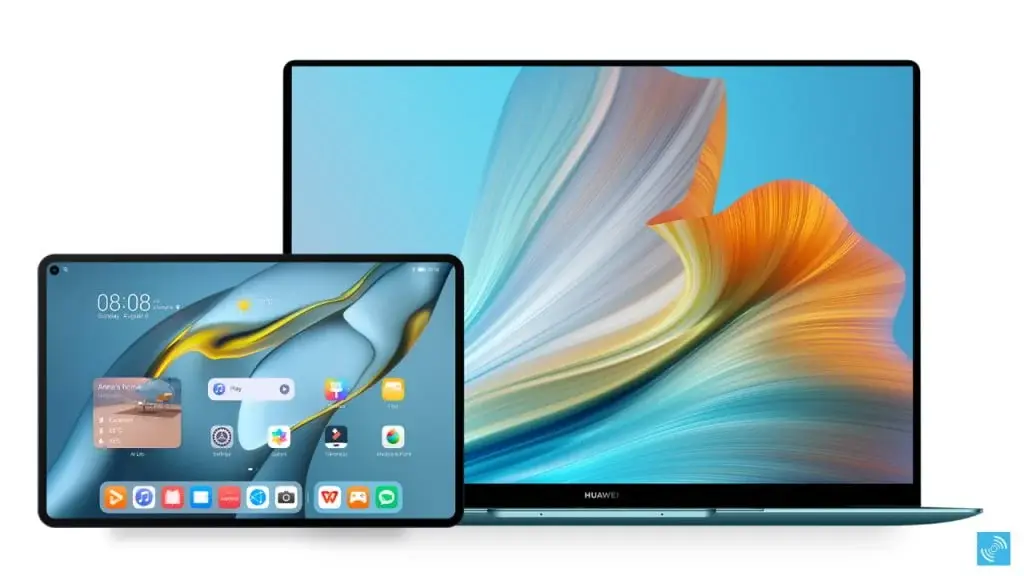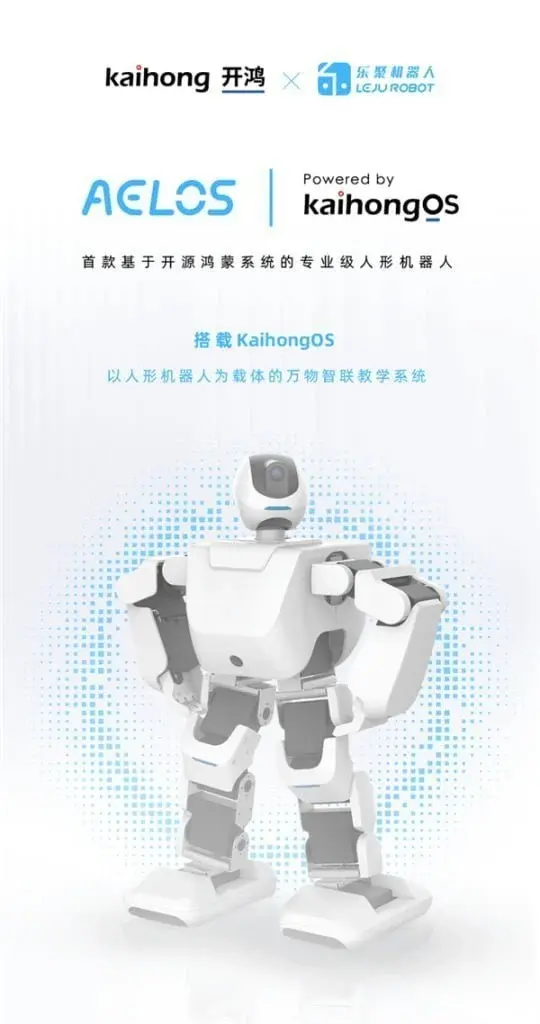Huawei’s tablet range is expanding, with yet another intriguing device surfacing on the certification trail. The MatePad MRO-W00 has recently been granted its 3C certification in China, indicating a potential launch soon.
This certification follows the MRO-W00’s radio approval from two weeks ago, which disclosed support for Beidou satellite SMS—a rare feature for tablets. The 3C listing now verifies support for a powerful 100W fast charger.
Certification Details
The details from the certification also include the model number HW-200500C02 for the fast charger, but no further specifics about the tablet itself have been revealed. Moreover, the MRO-W00 has obtained certifications for wireless LAN, Bluetooth functionality, and a NearLink certificate.
Although the exact name of the tablet is still unknown, a Weibo tipster mentioned that Huawei is set to unveil six new products this month, including the MatePad SE tablet.
Leaked Specifications
The Huawei MatePad Tab SE tablet has been recently leaked, and it is expected to come with a Snapdragon 685 processor, a 7700mAh battery, and a 1920×1200 resolution screen featuring a 120Hz refresh rate. It will operate on HarmonyOS 4.2.0.
Given this information, it’s plausible that the MRO-W00 is indeed the MatePad SE. Additionally, the tipster shared that Huawei will introduce the following products in July:
- Sound Joy2 Portable Speaker
- Sound X 4 Speaker
- Maimang 30 Phone (likely available through Huawei Smart Selection)
- Smart Screen S5 Pro
- Lingxi Remote Control Kit for Smart Screen S3 Pro
Upcoming Launch
While the specifics of the MatePad MRO-W00 remain limited, the combination of the 3C certification and prior radio approval suggests an imminent launch. Whether it turns out to be the MatePad SE or a completely different model, more details are expected in the coming weeks.


